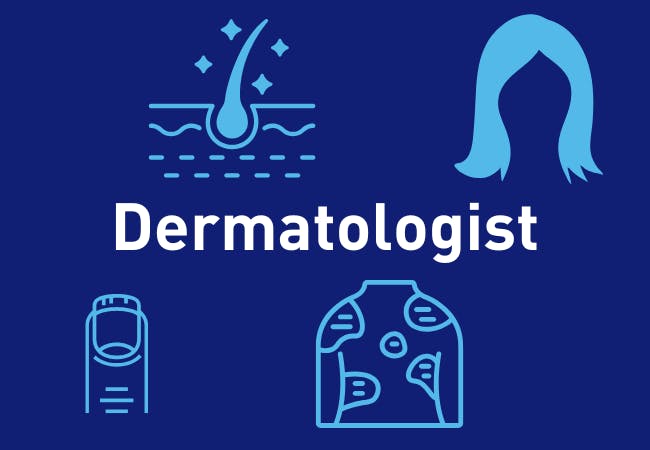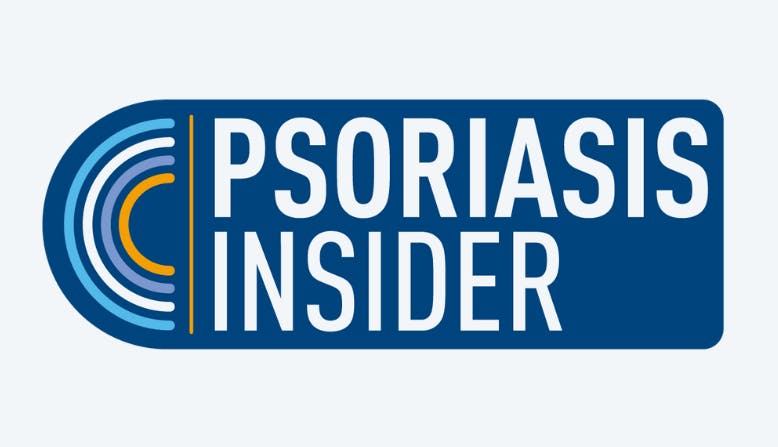Understanding what psoriasis is, including the types and locations, and possible triggers, will help you and your child in their journey with psoriasis. Psoriasis is a chronic, immune-mediated disease characterized by an overactive immune system that produces inflammation in the body. Chronic means the disease is lifelong and recurring. It will require ongoing medical attention. Normally, it takes 21-28 days for cells on the surface of the skin to grow and shed. In psoriasis, it only takes 3 to 4 days! The inflammation speeds up skin cell growth, and instead of shedding, the skin cells pile up on the surface of the skin, creating plaques.
Psoriasis is not contagious. No one can catch it from your child. It is not you or your child’s fault.
Types of Psoriasis:
There are 5 types of psoriasis: plaque, guttate, inverse (or intertriginous), pustular, and erythrodermic. Depending on the type of psoriasis your child has, it could look different. Plaque and guttate psoriasis are the most common types of psoriasis among children. It is possible to have more than one type of psoriasis at a time. For example, plaque psoriasis could occur with guttate psoriasis, which is characterized by small, round spots.





